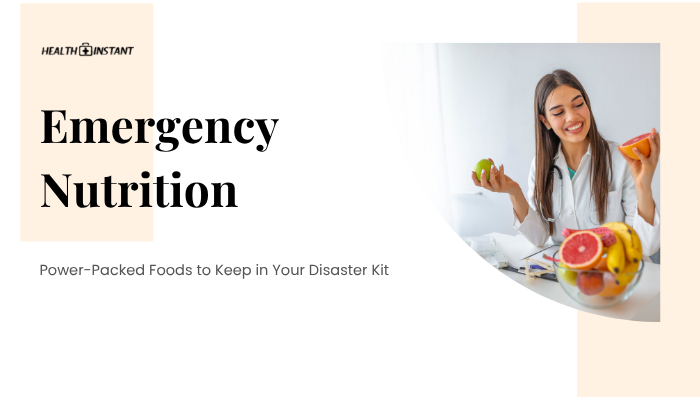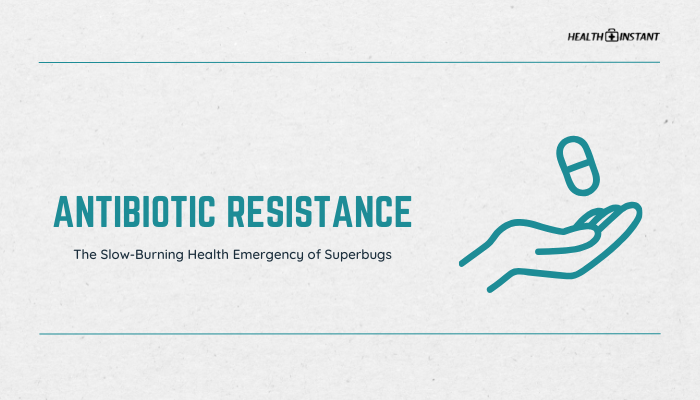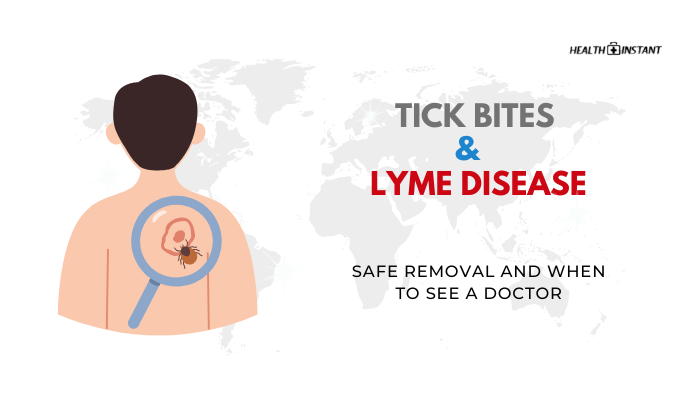Introduction
When disaster strikes—a hurricane, power outage, or any large-scale emergency—access to perishable items and grocery stores can become uncertain or cut off. In such situations, having a reserve of highly nutritious, easy-to-prepare foods is vital.
This article highlights core criteria for selecting emergency rations and offers specific suggestions for assembling a supply that keeps you energetic, focused, and healthy during tough times.
Why Nutritious Foods Matter in Emergencies
- Sustained Energy: During stressful situations or heavy physical activity (e.g., cleanup, rescue), your body requires consistent calorie and nutrient intake.
- Mental Clarity: Balanced meals support better decision-making under stress.
- Preventing Weakness or Illness: Quick, junk-food-based diets might satisfy hunger temporarily, but nutrient-poor items leave you fatigued and more susceptible to illness.
Having balanced and portable foods ensures you’re not only surviving but maintaining strength and immune defenses until normal routines resume.
Essential Qualities of Emergency Foods
- Long Shelf Life
- Ideally 6–12 months or longer when unopened.
- Ideally 6–12 months or longer when unopened.
- Easy to Store
- Space-efficient packaging, minimal refrigeration requirements.
- Space-efficient packaging, minimal refrigeration requirements.
- High Nutritional Value
- Good balance of proteins, healthy fats, and carbohydrates.
- Good balance of proteins, healthy fats, and carbohydrates.
- Simple Preparation
- Minimal cooking or water usage if utilities are out.
- Minimal cooking or water usage if utilities are out.
- Lightweight or Compact
- Particularly important if you need to evacuate quickly.
Top Power-Packed Food Options
Canned Protein Sources
- Canned Tuna, Salmon, or Chicken
- Excellent protein, widely available, typically last 2–5 years.
- Go for pop-top cans if you might lack a can opener.
- Excellent protein, widely available, typically last 2–5 years.
- Beans and Legumes
- Good source of fiber and protein; can also be used with rice for a fuller meal.
High-Energy Bars and Snacks
- Protein or Meal Replacement Bars
- Look for whole ingredients (nuts, seeds, dried fruit), moderate sugar levels.
- Look for whole ingredients (nuts, seeds, dried fruit), moderate sugar levels.
- Nut Butters
- Peanut, almond, or sunflower butter for healthy fats and protein.
- Peanut, almond, or sunflower butter for healthy fats and protein.
- Trail Mix
- Combine nuts, dried fruit, seeds, or even bits of dark chocolate for quick energy.
Dried or Dehydrated Foods
- Beef Jerky
- Protein-dense, can store for months if sealed properly.
- Protein-dense, can store for months if sealed properly.
- Dehydrated Fruits/Vegetables
- Offer vitamins; just watch for added sugars.
- Offer vitamins; just watch for added sugars.
- Instant Oatmeal
- Quick carbs, can be eaten with or without heating water (though texture might be tough if cold).
Nutrient-Dense Sides
- Instant Rice, Pasta, or Quinoa Cups
- Some require minimal water and can be consumed warm or cold if partially hydrated.
- Some require minimal water and can be consumed warm or cold if partially hydrated.
- Powdered Milk
- For calcium, vitamin D, or to use with cereals or oats.
Storage Tips and Rotation
- Cool, Dry Place
- Moisture or heat can degrade taste and shorten shelf life.
- Moisture or heat can degrade taste and shorten shelf life.
- Label and Date
- Use the first in, first out (FIFO) method—consume older items first.
- Use the first in, first out (FIFO) method—consume older items first.
- Inspect Packaging
- Ensure no dents, bulges, or rust on cans; discard compromised packaging.
- Ensure no dents, bulges, or rust on cans; discard compromised packaging.
- Replace Annually
- At least once a year, go through your kit, eat or donate older items, then replenish fresh stock.
Allergies and Dietary Restrictions
- Account for Individual Needs
- If anyone in the household has allergies (nuts, gluten, dairy), choose safe alternatives.
- If anyone in the household has allergies (nuts, gluten, dairy), choose safe alternatives.
- Set Aside Specialty Items
- Diabetic-friendly or low-sodium versions if needed.
- Diabetic-friendly or low-sodium versions if needed.
- Labels Matter
- Keep an eye on cross-contamination warnings on packaging.
Maintaining Balanced Nutrition During a Crisis
- Moderation
- Don’t consume high-sodium or high-sugar items exclusively; balance them with proteins and fiber.
- Don’t consume high-sodium or high-sugar items exclusively; balance them with proteins and fiber.
- Stay Hydrated
- Store at least one gallon of water per person per day.
- Store at least one gallon of water per person per day.
- Mindful Eating
- Stress can lead to overeating or forgetting to eat. Try to preserve a routine with set meal times.
Conclusion
Securing nutrient-rich, easy-to-store items ensures that even during chaotic circumstances, you and your family won’t rely solely on empty calories. From canned proteins to high-energy bars, keep a varied mix of items—paying attention to dietary needs and storing them in a stable environment.
Rotating stock periodically prevents spoilage and keeps everything fresh. By following these steps, you strengthen your emergency readiness and better guarantee a healthy survival pathway in the face of unexpected crises.
References
- Federal Emergency Management Agency (FEMA). (2022). Food and water in an emergency.
- U.S. Department of Agriculture (USDA). (2021). Guidelines for safe food storage and shelf life.
- Centers for Disease Control and Prevention (CDC). (2020). Nutritional needs in disasters.
- American Red Cross. (2019). Disaster preparedness food list and storage tips.
Disclaimer: This guide offers general advice. For personal dietary concerns or strict medical conditions, consult a healthcare provider to tailor your emergency food kit accordingly.







